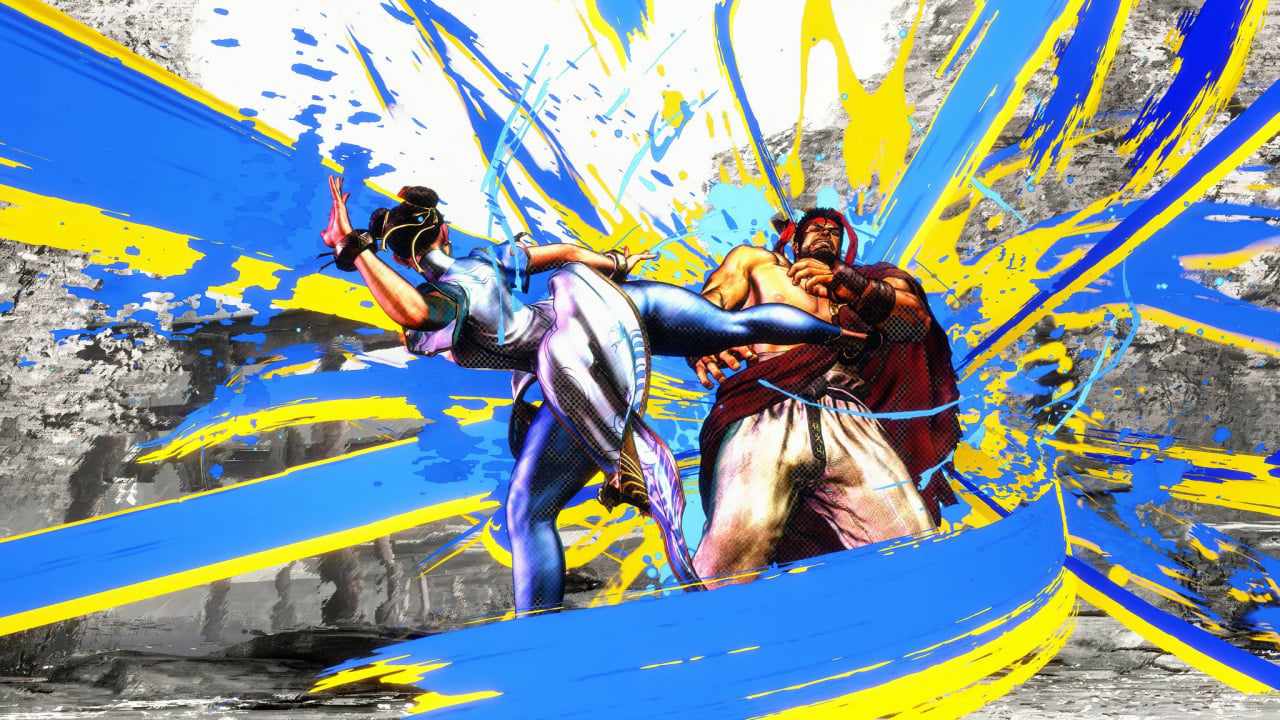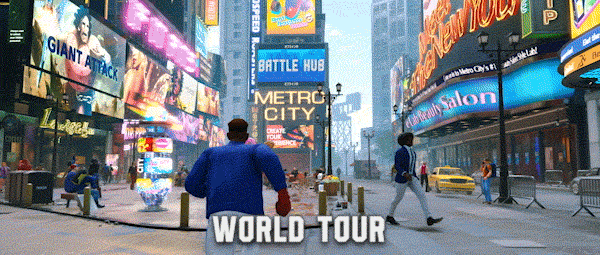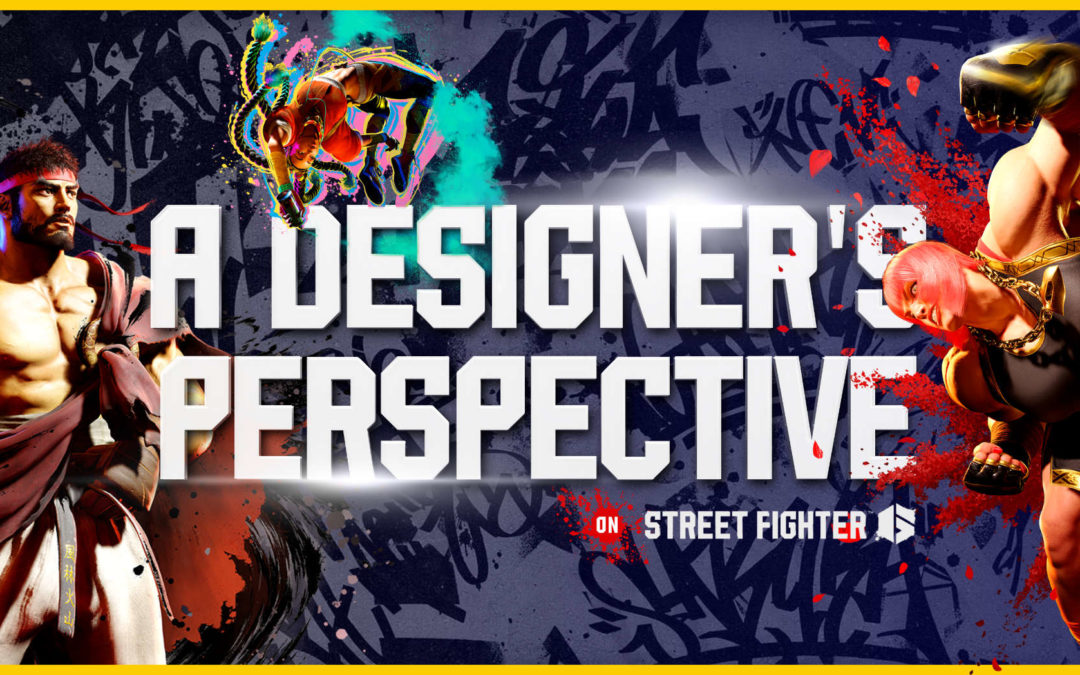In ’92, Street Fighter II was everything. At least for me and my crew. It’s hard to state how much it changed the game in arcades. Most arcade video games predating it were simple, but fun, affairs. Street Fighter was a different beast entirely. It set the rules of the competitive fighting game genre that persist until today and revolutionized arcade gaming in 2 ways: presentation; and player engagement.
Firstly, Street Fighter II looked leagues better than its contemporaries. Characters were colorful, were humungous on screen (for the time), displayed over-the-top visual personalities, and had engaging backstories. Secondly, because of the deeply competitive nature of the game, players engaged passionately with one another. These dynamics energized the arcades—which at the time were dying fast—and swept the entire world up in a fervor, including me.
Successive installments in the series built upon the strengths of that entry built upon its strengths. But, like any fad, interest waned and Street Fighter held the attention of fewer and fewer gamers as time went on.
Until last year.
“Resurrection!”
Almost exactly one year ago, Capcom set off a 3-minute and 2-second shockwave that revitalized my dormant love for Street Fighter.
Months later, you could find me nightly somewhere between 2 and 3 am, illuminated only by my living room TV, flop-sweat on my upper lip gripping an arcade stick. Something about the game had me, a middle-aged man with social commitments and other hobbies, looking up combo videos in my spare time and oddly focused on whether a light or medium kick was better when I’m backed into a corner. As a designer, this made me curious as to what it was about this game that compelled me to keep playing. Here’s what I found.
How Street Fighter 6 Captures Attention
The first step to engagement is attraction, by capturing attention viewers are enticed to delve deeper. And, like its predecessor, Street Fighter 6 looks beautiful. Outside of battle, user interface elements animate with a pop-urban, almost Y2K era, sense of fun. In battle, characters are coated in graffiti-like flourishes of color that captivate the eye. The backgrounds they fight against are highly detailed and full of supporting characters that not only hint at a wider world outside your TV screen but act as your cheering section whenever kicks and punches land on your opponent. All this against a throbbing bassy soundtrack is what draws you in to engage in SF6’s gameplay loops.

Gameplay Loops
Street Fighter 6 is more than a pretty face, it has the gameplay loops to match. “But what is a gameplay loop,” you ask. It is an action that players engage in repeatedly throughout a game. Some games have one, Street Fighter 6 has many. These loops are designed to be engaging and rewarding, encouraging players to continue playing and improving their skills. In fighting games, the core gameplay loop involves players trying to outsmart their opponents by using a combination of offensive and defensive techniques. This includes anticipating an opponent’s moves, trying out new techniques in matches, analyzing why you won or lost, and using that knowledge in training mode to improve. This is called a delayed loop because it gives the player feedback after a period of time. As skill your play skills improve, so does your immersion in the game.
Also within that larger loop are dozens of smaller loops like combo set-ups, punishing an opponent’s missed attacks, and using special moves to turn a losing match into a winning one. These are immediate loops. You learn the game mechanics in real-time and understand the consequences of your actions while feeling a sense of gratification at every minor victory. By balancing the immediate feedback of visceral combat and the delayed feedback of growing as a player, Street Fighter 6 keeps players invested in the game.
Accessibility in Game Design
Let’s be real, Street Fighter 6 is not an easy game. There are innumerable choices to make each time you play. In every second of a match, you’re wondering, “Should I punch, defend, crouch, punch, do a special move, jump, or just stand still?” This comes along with anticipating what your opponent will do. With 20 characters currently available to choose from, this split-second decision-making is made more complex. A strategy that works on one character may not work on another. Professional Street Fighter players call this the ‘mental stack. And the stack is high here. The game needed accessibility options to appeal to casual players and ease new ones in. So, Capcom added the modern control scheme.
Modern controls simplify the button combinations needed to use attack and defensive moves. They boil down what was previously a 6-step move into a 2-step one. This design decision lowers the barrier to entry for those who through disability or lacking skill may have never given Street Fighter 6 a try.

And for those who are intimidated by the competitive nature of the game, Capcom included a robust single-player experience. ‘World Tour’ gives the battle-shy a full story mode. In it, users control a character they create in a variety of locations full of intrigue and the sorts of narrative twists and turns you’d expect from a 70’s kung-fu flick. Along the way, the player is trained by the iconic personalities from the multiplayer modes in step-by-step tutorials. These serve to ease players into the movements of the game as well as when, where, and why to use them. Some people will use this as a springboard into competitive play, others will be content here. Either way, the game presents multiple points of entry for new and advanced players alike.
In Conclusion: “Yeah, That Make’s Sense…”
Wrapping up, I found Street Fighter 6 employs three winning strategies to keep players invested in the game: capturing attention, setting up gameplay loops, and adding accessibility options. SF6 captures the attention of millions with juicy aesthetics mixed with visceral combat animations and musical flair, rewards players in countless small and large ways, and gives them ways to enjoy the game at all skill levels. As a designer, exploring what makes a successful fighting game made me see these attributes are mirrored in the best visual designs. I’d suggest any designer dive deep into the world of games to understand their approach to attention-capture and employ some themselves.
